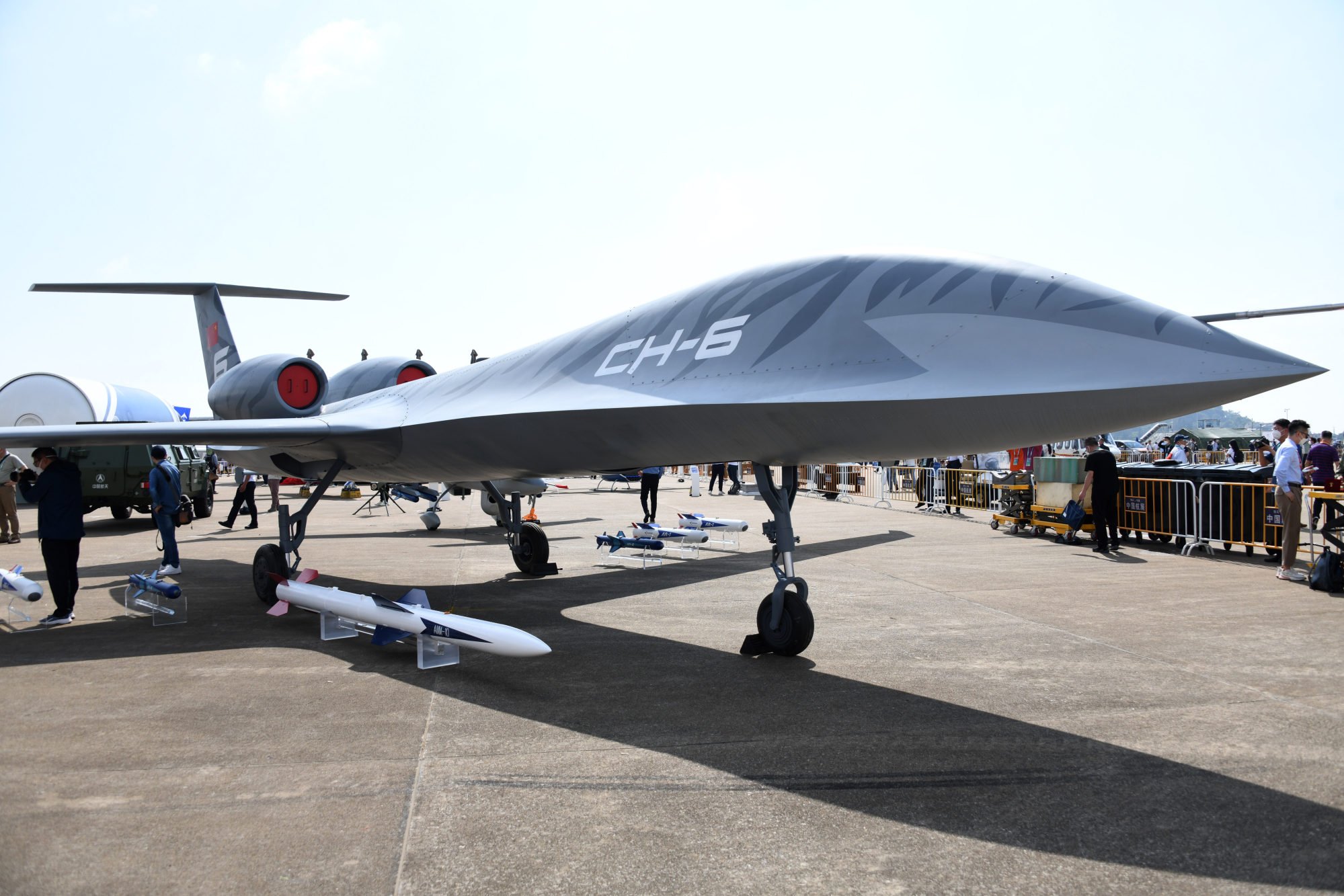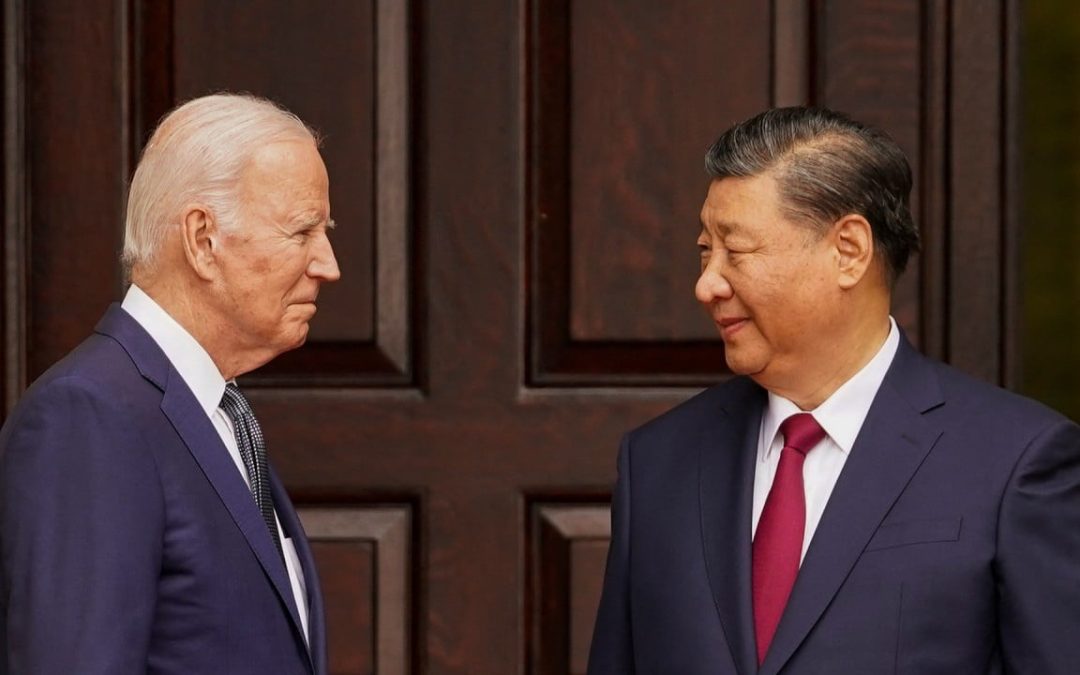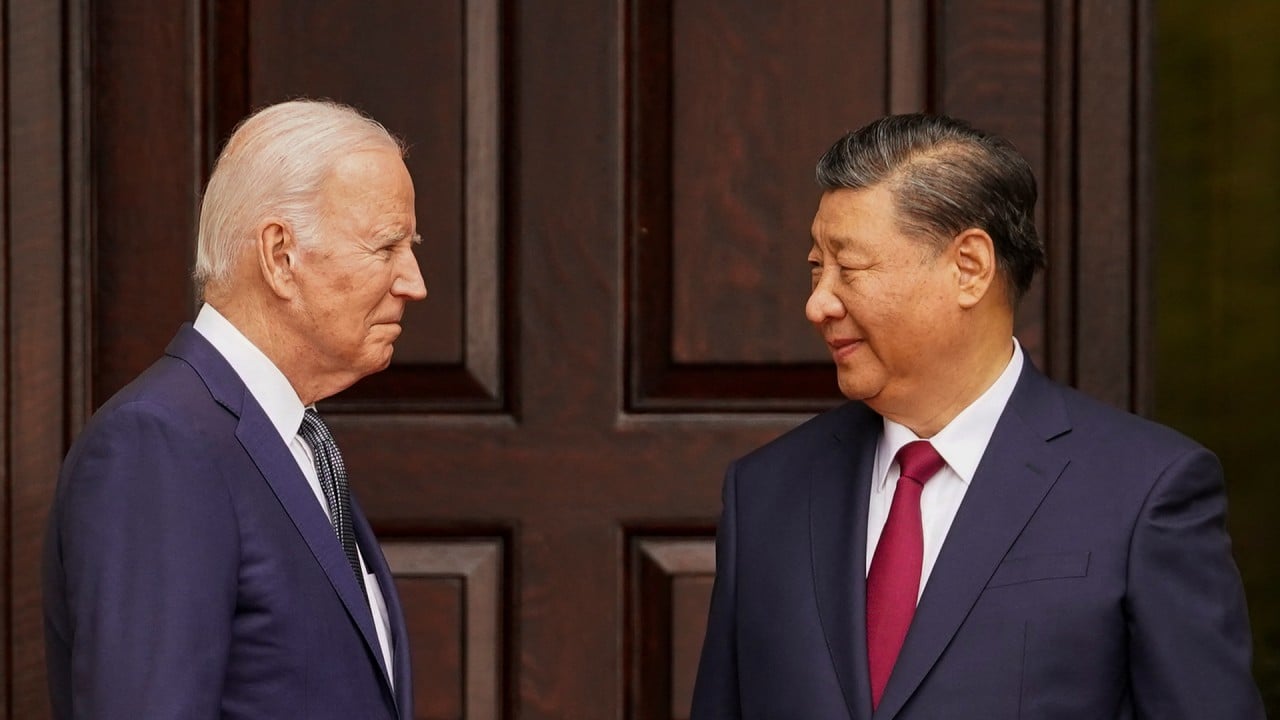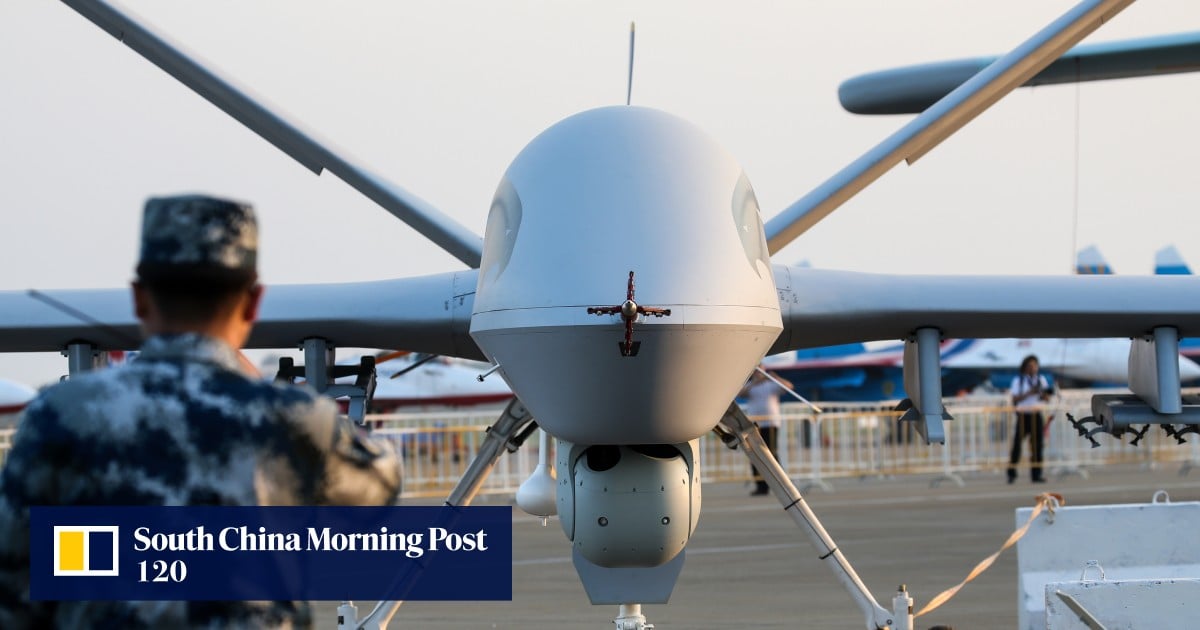“It will ‘plug and play’,” said their peer-reviewed paper in the High Power Laser and Particle Beams journal, published on November 24.
A small microwave source is often stuck with a fairly weak output and a tight working bandwidth. It needs to use semiconductor chips for power amplification, which cannot do much heavy lifting.
The drones can use the microwave source as a radar, too. That means they can keep an eye out for targets on the ground, in the water or even in the sky, while jamming the enemy’s radar and communication.
Cramming so many different functions into a tiny box was previously thought impossible. That is because some of the parts, like the radar transceiver and jamming devices, do not work well together when they are doing their job.
“We’re the ones who did it first, worldwide,” said Li and his collaborators from the 29th Research Institute of the China Electronics Technology Group, a major contractor for the Chinese military.
Most Chinese military drones only perform traditional tasks such as surveillance or physical strikes. The burden of electronic warfare still rests mainly on the shoulders of manned platforms.

“When defending our rights at sea, [the drones] can use long-distance, high-power jamming to disrupt or deceive the enemy’s versatile radars – whether on reconnaissance planes, fighters, bombers or electronic warfare craft. That way, we can deny them access beyond our maritime boundaries,” Li’s team said.
“During anti-radar fights, we can fly straight over the enemy’s radars. We can hit their early warning, surveillance and air defence control radars with close-in jamming or swarming saturation like a pack of wolves. This will shield our fighter groups or tactical missiles, giving us the upper hand in battle.”
Deep in the belly of the drone’s microwave source lies a device the team calls the travelling wave tube. It is the workhorse that gives the weapon its punch.
This tube is a vacuum where a strong beam of electrons make a spiral dance along the inner wall, spun by a whisper of a signal. Though an old technology, it packs more microwave power compared to any semiconductor-based amplifier.
Putting the travelling wave tube on a tiny drone was always seen as a pipe dream, because the device and its energy supply used up a lot of space. But the Chinese team redesigned the tube so it could fit snugly into a cramped chamber, and made it neat in a standard package for the mainstream military drone platforms.
‘War of money’: China starts a new drone arms race where cost is key
‘War of money’: China starts a new drone arms race where cost is key
And they flipped the script on how these tubes have been used. Ever since it was invented by Austrian physicist Rudolf Kompfner in Britain in 1942, the travelling wave tube has been used as a microwave generator. But the Chinese scientists thought, “Why not try the other way around?”
With some tweaks they turned the tube into a supersensitive antenna. It can pick up and amplify even the faintest radio signals.
This game-changing move means there is no need for a separate radar on the drone.
The Chinese defence industry and military are working closely to churn out these microwave weapons for their ever-growing drone army, according to the researchers.
And with a plan to put these weapons on hypersonic aircraft and other near-space platforms, they are looking to take China’s electronic warfare global.


